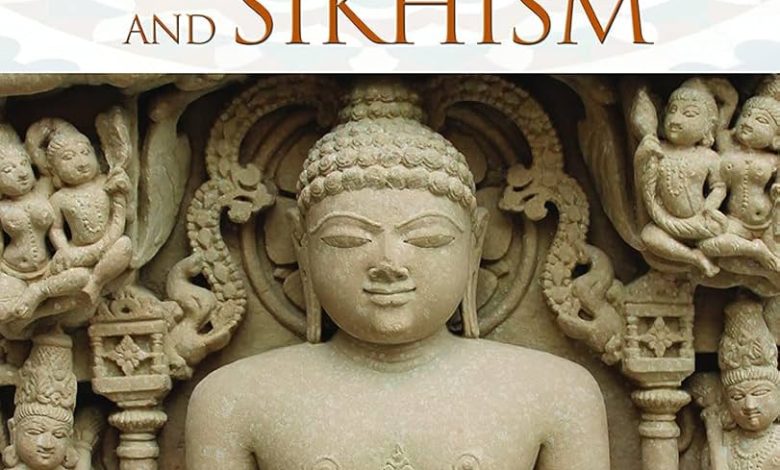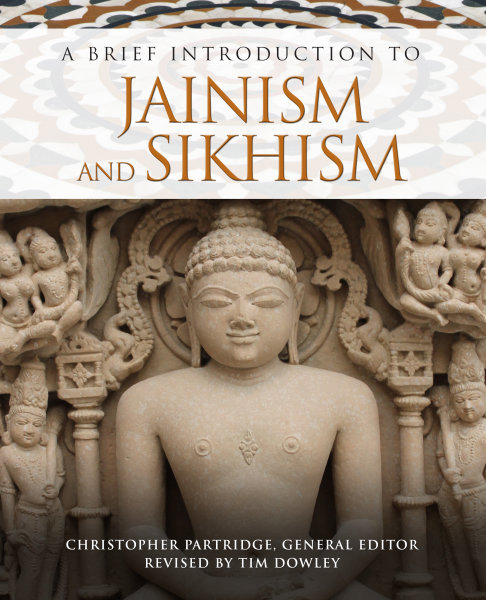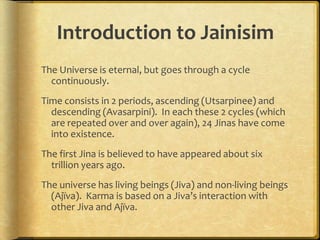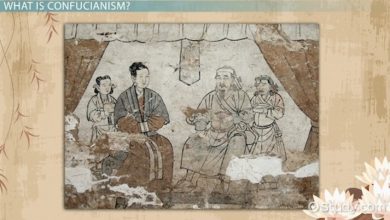A Brief Introduction and History of Jainism.
An Ancient Indian Religion Emphasizing Ahimsa and Enlightenment.

History of Jainism- is an ancient religion of India, preaches the doctrine of Ahimsa or non-violence Towards Animals Jainism is the path to perfection, spirituality and salvation.
Core Beliefs of Jainism
Jainism has five main vows. These vows help the Janis to lead their life. The five vows are:
Ahimsa (Non-Violence): Do not harm any living being.
Satya (Truthfulness): Always speak the truth.
Astea (Non-Stealing): Do not steal.
Brahmacharya (Chastity): Remain chaste men and women.
Aagraha (Non-Possession): Never develop desires to the physical property.
This business started thousands of years ago, in the country of India. Let’s look at its history in different periods:
Prehistoric Period
History of Jainism- is thought by some scholars to be prehistoric in origin. Some people were saying that it had been there from the beginnings of time that was ever recorded. There are proofs of Jain practices as early as in ancient Indian literature.
Ancient Period
History of Jainism- The ancient period as we know belongs to Tirthankaras where 24 Tirthankaras rule the roost. Tirthankaras in the case of Jains are followers of their religion and spiritual authoritative figures. Some of the Tirthankaras are the following: S.n1 Schnell, S. 102). The most famous Tirthankara is Lord Mahavira.
Lord Mahavira
Mahavira is the 24 Tirthankaras or Jinas. He was born 2600 years before present and he was born in India. He used to preach non-violence and truth. Most of the Jainism practices that he taught today are still in practice.
Other Tirthankaras
History of Jainism-, before Mahavira, there were 2313 Tirthankaras. Tirthankara was initiated with Rishabha Natha. All these sixteen Tirthankaras helped the Jain culture and its teachings.
Medieval Period
History of Jainism- continued to grow in the medieval ages. Many Jain temples were built. They also composed some fine books too. During this period the Jainism propagated to other regions of India.
Modern Period
Jainism- also exists in today’s world in the modern world as well. Today there are Jain’s all over the world. Jains have positively contribution in the field of education culture and commerce.
Jain Practices
Jains follow various practices to lead a spiritual life. Some of these practices are:
- Puja (Worship): Jains perform rituals to honour Tirthankaras.
- Fasting: Fasting is a common practice, especially during festivals.
- Meditation: Meditation helps Jains focus and purify their minds.

Credit: www.fortresspress.com

Credit: www.slideshare.net
Frequently Asked Questions
What is Jainism?
Jainism an ancient Indian religion or philosophy centered on the principles of non-violence, truthfulness and non-possessiveness. It is in the following way; Promotes ethical living and hence spiritual growth.
Who founded Jainism?
Jainism was founded by Lord Mahavira or at least most of it in the 6th century BC. It is necessary to identify that he is the 24th Tirthankara or spiritual leader.
What you need to know about Jainism?
According to Jainism, the fundamental virtues are non-violence (āhimsa), truthfulness (satya), non-violence (astya), celibacy (brahmacharya), and non-possession (parikrama).
What features distinguish Jainism from Hinduism?
Jainism as a religion is similar to Hinduism in some ways but quite different in others; For example, Jainism is a religion of strict non-violence that does not believe in caste system or Vedic rituals.
History of Jainism- It is a way of teaching non-violence, truth and spiritual growth. Even after such a long time, its history and passion for the extremes of education lives on with many. Jainism provides principles that guide towards a life free from conflict and prosperous.



